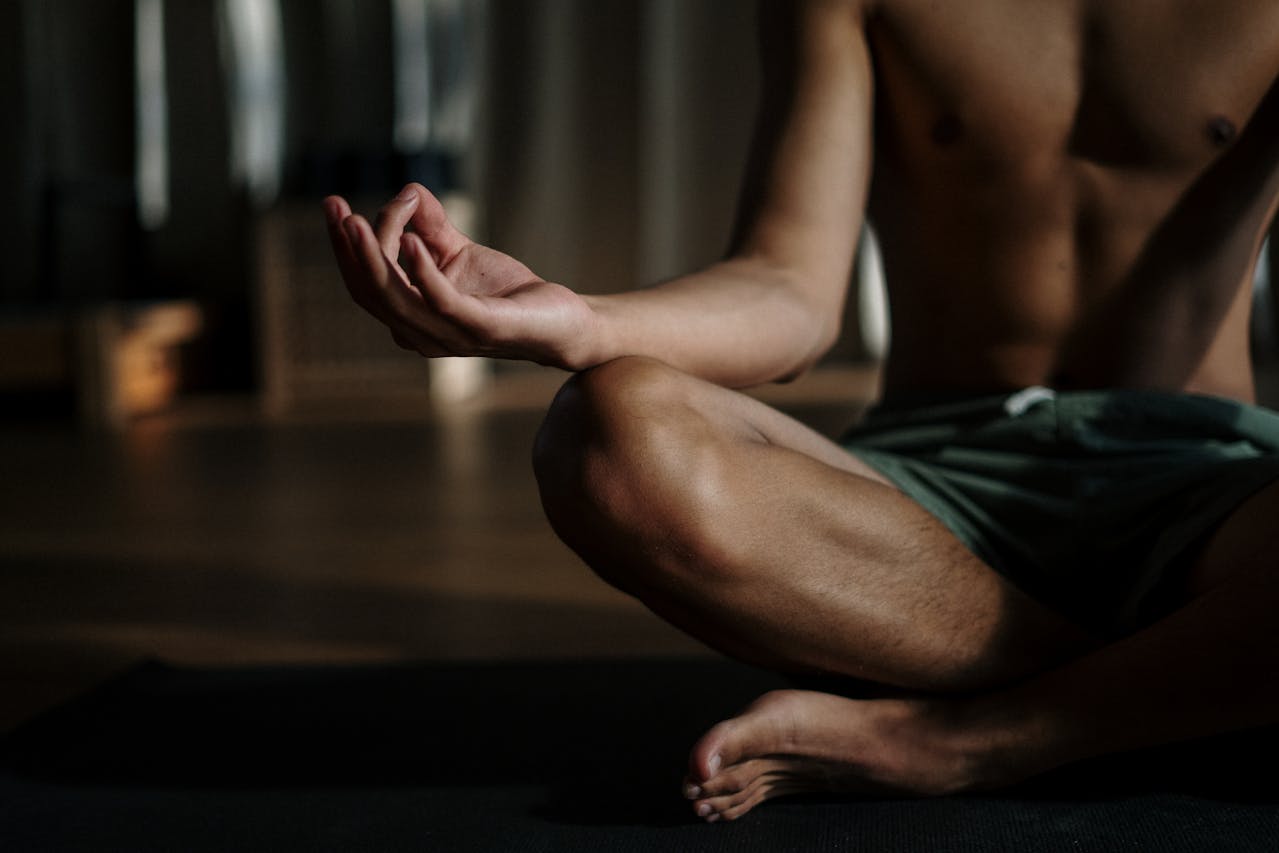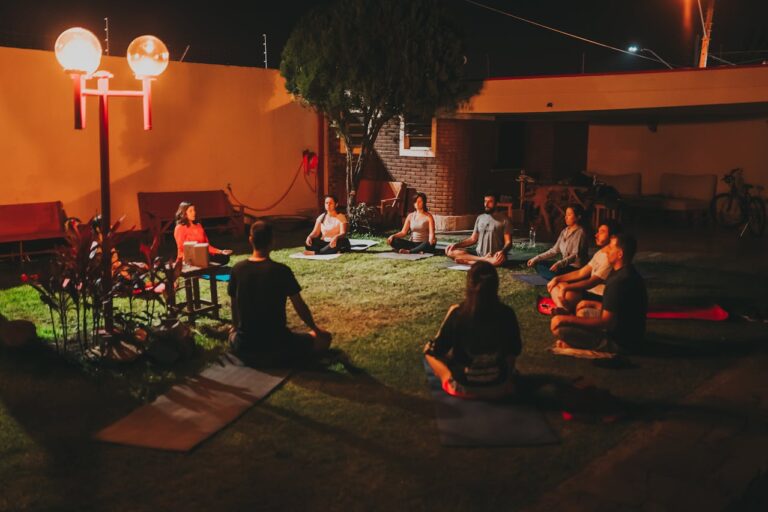Write Us: hello@ali5.org
Simple Ways to Improve Your Posture Without Fancy Equipment
Improve your posture at home without equipment. Try these simple, effective habits to reduce pain, boost confidence, and build better alignment, no gym or gear needed.

Let’s be honest, posture isn’t the most exciting topic. But if you’re sitting at a desk all day or craning over your phone 24/7, you’re probably feeling the consequences: tight shoulders, back pain, or that subtle but persistent neck strain that never quite goes away.
Here’s the thing: you don’t need a $200 posture corrector or a gym membership to fix it. Most people can seriously improve their posture with small, consistent tweaks throughout the day. Let’s get into what actually works, no gadgets required.
Why Posture Matters More Than You Think
Before we jump into the how, let’s cover the why. Good posture does more than make you look confident. It helps:
-
Prevent chronic pain in your back, shoulders, and neck
-
Improve your breathing and digestion
-
Boost your energy levels
-
Keep your joints and spine aligned for long-term health
-
Improve focus and productivity
And honestly, once your posture improves, you feel better. It’s subtle, but real.
1. Start With Body Awareness
You can’t fix what you don’t notice. Most people don’t even realize they’re slouching until they’re already uncomfortable.
Try this: set a timer or alarm every hour. When it goes off, do a 10-second posture check. Are your shoulders hunched? Is your chin jutting forward? Are you slumped into your chair like a tired noodle? Reset. Sit or stand tall, roll your shoulders back, and realign your head over your spine.
Over time, this awareness alone can retrain your body.
2. Fix Your Sitting Setup
You don’t need a standing desk to create a better workstation. Just adjust what you’ve got:
-
Chair height: Your feet should rest flat on the floor, with your knees at a 90-degree angle.
-
Screen level: Your monitor should be at eye level to prevent that downward neck tilt.
-
Back support: Use a rolled-up towel or small pillow to support your lower back if your chair doesn’t do the job.
-
Keyboard and mouse: Keep them close so you’re not reaching forward all the time.
Even these tiny tweaks reduce strain and help you sit up straighter without thinking about it.
3. Stand Like You Mean It
Good posture isn’t just for when you’re sitting. Standing poorly, especially if you lock your knees or lean to one side, can do just as much damage.
Here’s the quick fix:
-
Distribute your weight evenly on both feet
-
Engage your core (gently, no need to suck in like you’re posing for Instagram)
-
Let your arms hang naturally
-
Keep your head stacked right above your shoulders, not tilted forward
Try doing this while brushing your teeth or waiting in line. It’ll feel awkward at first, but your muscles will adapt.
4. Strengthen the Right Muscles
You don’t need a gym to build a posture-friendly body. These bodyweight moves are simple and effective:
-
Wall angels: Stand with your back against a wall, arms raised like you’re doing a goalpost. Slide them up and down slowly, keeping contact with the wall. Great for opening the chest and strengthening your upper back.
-
Planks: Strengthen your core, which supports your spine. Start with 20–30 seconds.
-
Glute bridges: Strengthen your hips and butt, important muscles for stabilizing your lower back.
-
Chin tucks: Tuck your chin slightly and hold. Strengthens neck muscles and counters the dreaded tech neck.
No equipment, no excuses. Just you and your body.
5. Stretch What’s Tight
Most poor posture comes from muscular imbalances. Your chest, hips, and hamstrings are usually too tight, while your upper back and core are weak.
Add these to your routine:
-
Chest stretch (doorway stretch)
-
Cat-cow stretch for spine mobility
-
Hip flexor stretch to loosen up from all that sitting
-
Hamstring stretch to help your pelvis tilt naturally
Take 5–10 minutes before bed or during work breaks. It makes a difference faster than you’d expect.
6. Sleep With Your Spine in Mind
If you spend 7–8 hours a night curled like a shrimp, your daytime posture doesn’t stand a chance.
Here’s how to clean that up:
-
Back sleepers: Use a thin pillow or one that supports the natural curve of your neck.
-
Side sleepers: Use a pillow that keeps your head aligned with your spine. Put another pillow between your knees to avoid twisting your hips.
-
Stomach sleepers: Honestly, try to break that habit. It’s brutal on your neck and spine.
Your mattress doesn’t need to be fancy, just firm enough to keep you from sinking into bad angles.
7. Use Your Phone Smarter
“Text neck” is real. People spend hours with their heads tilted down, which adds pressure to the spine, up to 60 pounds of force.
Instead:
-
Hold your phone at eye level
-
Take breaks
-
Use voice commands when possible
-
Stretch your neck and shoulders regularly if you’re glued to screens all day
You’re not going to quit your phone, but you can use it better.
8. Walk Like a Balanced Human
Walking is underrated. It strengthens your lower body and engages your core if you do it right.
Here’s what to focus on:
-
Keep your head up and eyes forward
-
Swing your arms naturally (not stiffly by your sides)
-
Land on your heel, roll through to your toes
-
Engage your abs lightly as you walk
Try going for a 10-minute walk after meals. It improves digestion and resets your posture.
Final Thoughts
Improving your posture doesn’t have to mean buying posture-correcting shirts or booking appointments with physical therapists (though those have their place). What really works is consistency. Daily habits. Awareness. A little movement here, a little stretching there. Over time, it adds up.
You’ll sit better, stand taller, breathe easier, and stop feeling like your spine is slowly turning into a question mark.







